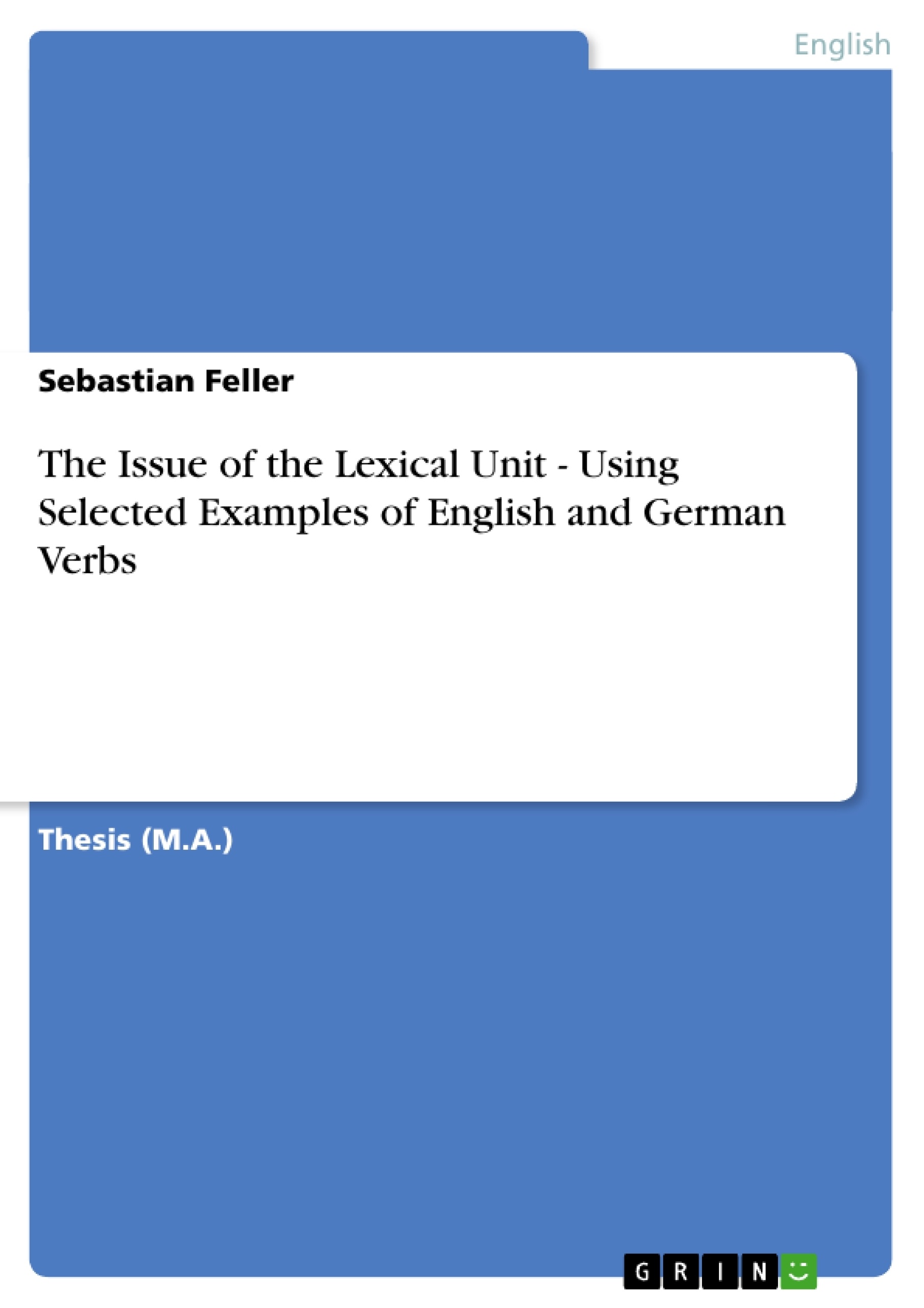In the light of de Saussure’s definition of the linguistic sign and Chomskyan generative grammar, a great number of Linguists1 of the second half of the 20th century used to define language primarily in terms of an artificially constructed autonomous sign system. From this traditional point of view, the field of linguistics did not see beyond the construct it had created resulting in the deformation of the object of study, language-in-use.
The pragmatic turn of the 1960s brought along what one might call the ‘Copernican revolution’ in linguistics. In this connection, Martinet pointed at one of the most fundamental prerequisites of well-conducted scientific research, in that he rejected firmly any scientific proceeding that sacrifices the integrity of the object of study to methodological exigencies. On the contrary, the object itself, language in use, dictates to a great extent the methodology of the researcher.
In the course of this treatise, I discuss, in the context of the above-mentioned assumptions, the issue of the lexical unit. Thereby, I will concentrate on the two conflicting definitions given, on the one hand, in the form of the one-word lexical unit and, on the other, in the form the multi-word unit. During my argumentation, I attempt to provide sufficient evidence in favour of the multi-word lexical unit showing that the equation of the single word with a unit of meaning needs to be overcome ultimately.
This treatise comprises both a theoretical and an empirical part. The former lays the theoretical foundation for the empirical investigation put forward in the course of the methodological section. After the obligatory sketch of the research background, I introduce the reader to the basic assumptions of Weigand’s pragmatic model. Looking at lexical semantics, the universal level of contrastive studies is kept in the foreground. In this context, I primarily concentrate on the definition of predicating fields and meaning positions as well as the principle of meaning equivalence. In addition, the theoretical introduction will offer some preliminary remarks on the expression side.
Inhaltsverzeichnis (Table of Contents)
- The aim of this work..
- The research background
- The theoretical foundation.
- The 'mixed game model'.
- The quasi-universal semantic structure.
- The principle of meaning equivalence..
- The expression side.
- Investigating language..
- Preliminary remarks on the methodology .
- How to compare 'see' and 'sehen'?
- The implementation of the contrastive semantic analysis ......
- The predicating fields of the analysis.…………………..\n
- Searching the corpus.
- The semantic analysis of 'see' and 'sehen'
- The contrastive semantic analysis
- Correlating the expression side with the meaning side.
- The problematic cases
- A quick glance at 'the complex'.
- What does the corpus tell us?
- The problematic cases.
- Interpreting the results
- Units in contrast.
- Meaning in ‘the complex'.
- Conclusion and outlook..
- List of works cited..
- The evolution of linguistic theories from structuralism to pragmatism.
- The concept of the lexical unit and its implications for lexical semantics.
- The role of multi-word phrases in representing meaning and function in language.
- The use of contrastive analysis and corpus data to analyze lexical units.
- The importance of the surrounding language in understanding the meaning of an expression.
- The aim of this work: This chapter introduces the theoretical framework of the treatise, highlighting the shift in linguistics from a structuralist focus on the sign system to a pragmatic approach centered on language-in-use. It emphasizes the importance of considering the complexity of language and its communicative functions.
- The research background: This chapter provides a brief overview of the historical context and key influences on the research, emphasizing the need to move beyond traditional one-word lexical units. It introduces the concept of multi-word phrases as more appropriate units of meaning.
- The theoretical foundation: This chapter delves into the theoretical foundation of the treatise, outlining the basic assumptions of Weigand's pragmatic model. It focuses on concepts like the 'mixed game model,' the quasi-universal semantic structure, the principle of meaning equivalence, and the expression side.
- Investigating language: This chapter outlines the methodological approach, explaining the use of contrastive semantic analysis and corpus analysis to investigate the lexical units 'see' and 'sehen.' It discusses the implementation of the contrastive semantic analysis and the predicating fields of analysis, as well as the process of searching the corpus.
- The semantic analysis of 'see' and 'sehen': This chapter presents the findings of the contrastive semantic analysis, correlating the expression side with the meaning side. It highlights the problematic cases and explores the significance of multi-word phrases in representing meaning.
- Interpreting the results: This chapter analyzes the results of both the contrastive semantic and corpus analysis, focusing on the significance of multi-word units in contrast to single-word units. It explores the relationship between meaning and the surrounding language in the context of 'the complex.'
Zielsetzung und Themenschwerpunkte (Objectives and Key Themes)
This treatise aims to explore the concept of the lexical unit within the context of pragmatic-semantic approaches to language. It focuses on the debate between the traditional one-word lexical unit and the more recent multi-word unit, ultimately arguing in favor of the latter. The work combines theoretical and empirical elements, using contrastive semantic analysis and corpus analysis to investigate the interaction between language and meaning.
Zusammenfassung der Kapitel (Chapter Summaries)
Schlüsselwörter (Keywords)
The main focus of this work is on the concept of the lexical unit, particularly the debate surrounding one-word units versus multi-word units. Key themes include pragmatic linguistics, lexical semantics, contrastive analysis, corpus linguistics, and the concept of 'the complex' as a multi-word unit. The research examines the English verbs 'see' and 'sehen' to explore the relationship between language, meaning, and communication.
- Citar trabajo
- Sebastian Feller (Autor), 2006, The Issue of the Lexical Unit - Using Selected Examples of English and German Verbs, Múnich, GRIN Verlag, https://www.grin.com/document/72231



